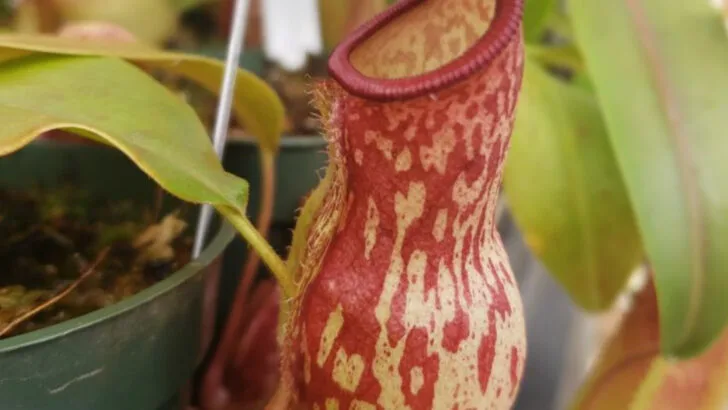Carnivorous plants might seem like something out of a sci-fi movie, but many of them are actually quite easy to care for right in your own home. These fascinating plants don’t just look cool—they have unique adaptations that allow them to trap and digest insects, making them perfect for anyone interested in a bit of natural curiosity. Growing carnivorous plants can add a fun, exotic touch to your indoor garden without requiring tons of effort.
Many people think carnivorous plants are difficult to maintain, but the truth is, several varieties thrive even with minimal attention. Their intriguing shapes and unusual feeding habits make them conversation starters and a wonderful way to learn more about the natural world. Plus, they can help control pesky insects around your living space, providing both beauty and function.
In this article, we’ll explore 16 types of carnivorous plants that are surprisingly resilient and easy to grow, even if you’re new to gardening. Discover which species fit your lifestyle, how to care for them, and why these captivating plants deserve a spot on your windowsill or tabletop.
Venus Flytrap

The Venus Flytrap’s reputation precedes it. Renowned for its jaw-like leaves, this plant snaps shut on unsuspecting prey. Its behavior is not just fascinating to watch but also an effective means of pest control in your home. Native to the wetlands of the Carolinas, it thrives in bright, indirect sunlight and enjoys moist, acidic soil. Did you know? Each trap only closes a few times before it dies off, making it a sensitive yet captivating addition to your collection.
Pitcher Plant
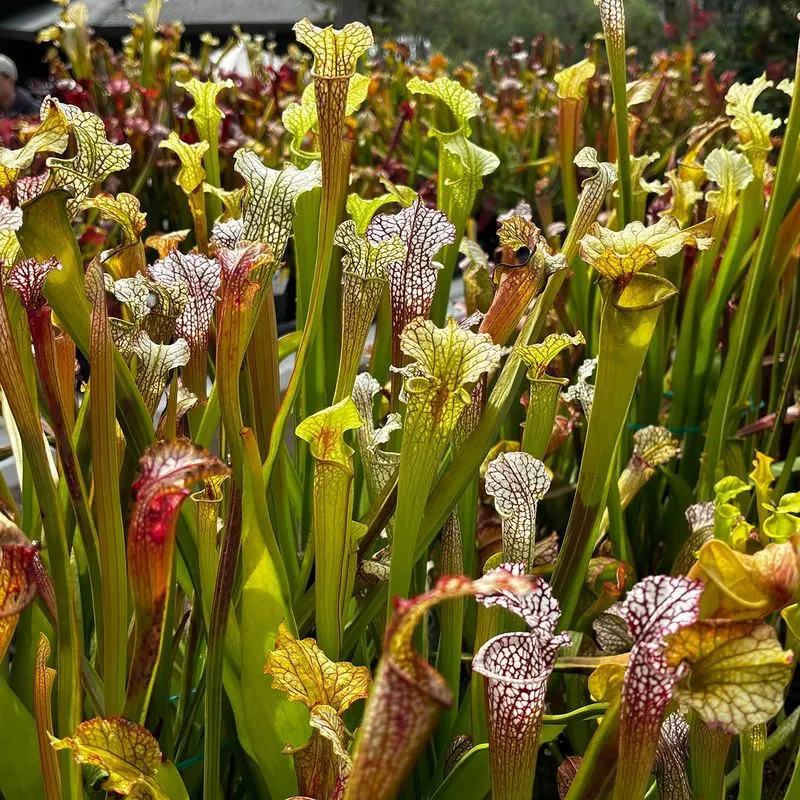
With its elegant, vase-like appearance, the Pitcher Plant is both an art piece and a predator. It lures insects with nectar and traps them in its tubular, slippery interior. These plants prefer humid environments and partial sunlight. Originating from a range of habitats, including North America and Southeast Asia, they offer a touch of exotic beauty. A curious fact: some species can even trap small vertebrates! Their care involves mimicking their native swampy conditions, making them a conversation starter among plant enthusiasts.
Sundew
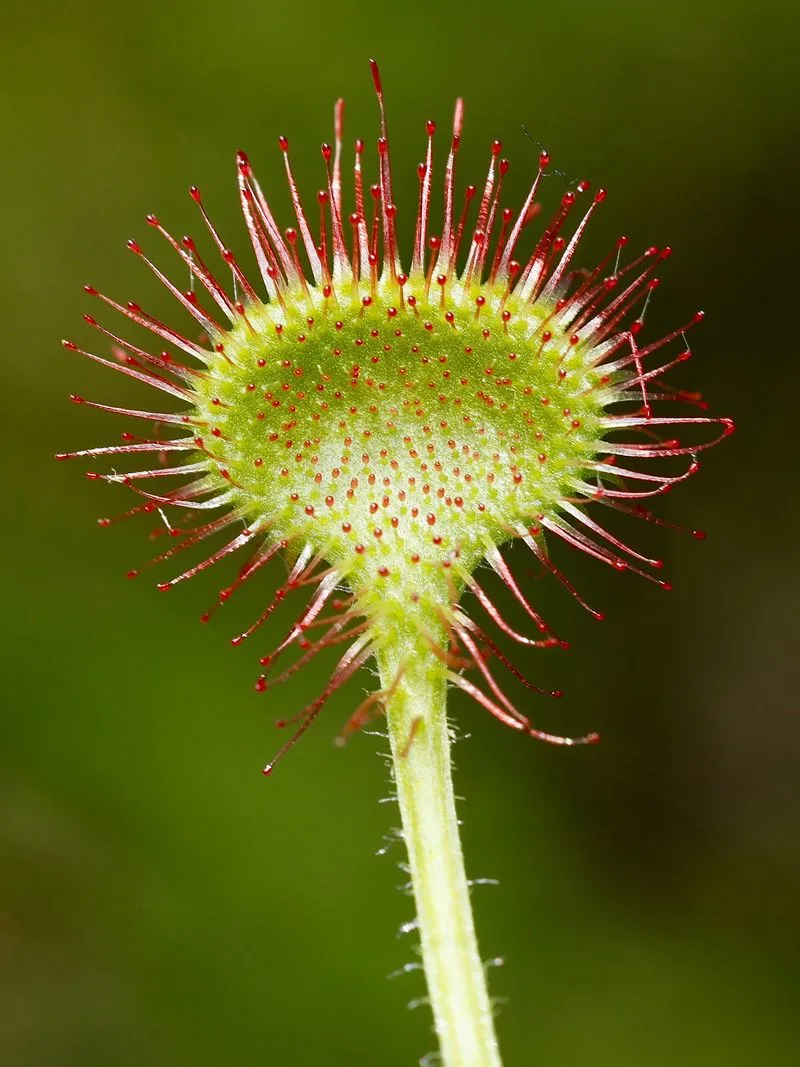
Sundews dazzle with their glistening, sticky tentacles that sparkle like dew in the sunlight. These sticky hairs not only attract insects but also secure them for digestion. An adaptable plant, Sundews can grow in various conditions, making them ideal for beginners. They thrive in bright light and a peat-based soil mix. Fun fact: Charles Darwin once described them as “the most wonderful plants in the world.” Their captivating appearance and low maintenance needs make them a delightful choice for any home garden.
Butterwort
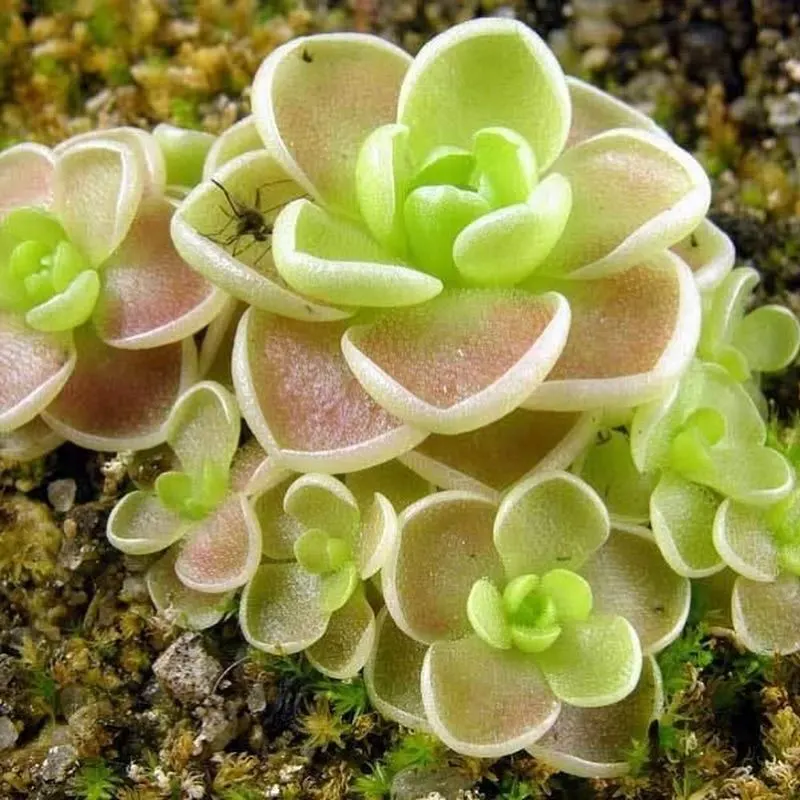
Butterwort may not have the dramatic appearance of other carnivorous plants, but its method of trapping prey is equally effective. Its leaves are coated with a sticky substance that captures unsuspecting insects. This plant prefers a sunny windowsill and requires minimal water, making it perfect for busy individuals. Its unique ability to digest insects with its leaves adds to its charm. Interestingly, Butterworts have been historically used in Scandinavia to curdle milk for cheese-making. Their understated beauty and easy care are sure to win you over.
Bladderwort
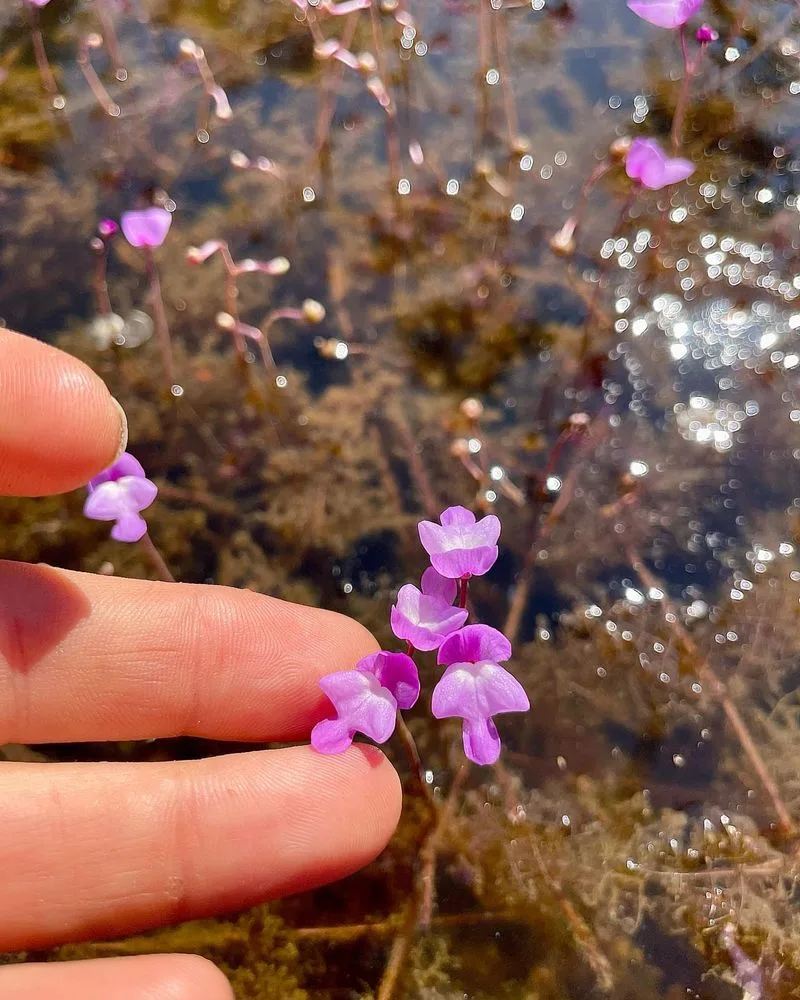
Bladderworts are aquatic wonders known for their delicate flowers and underwater traps. These plants catch small aquatic insects and organisms with tiny bladder-like structures. They thrive in ponds or aquariums with plenty of sunlight. Despite their simplicity, they boast a unique trapping mechanism that’s both efficient and fascinating. Bladderworts are found worldwide, symbolizing adaptability and survival. Their dual nature—beautiful blooms above water and cunning traps below—makes them an intriguing addition to any water garden setup.
Cobra Lily
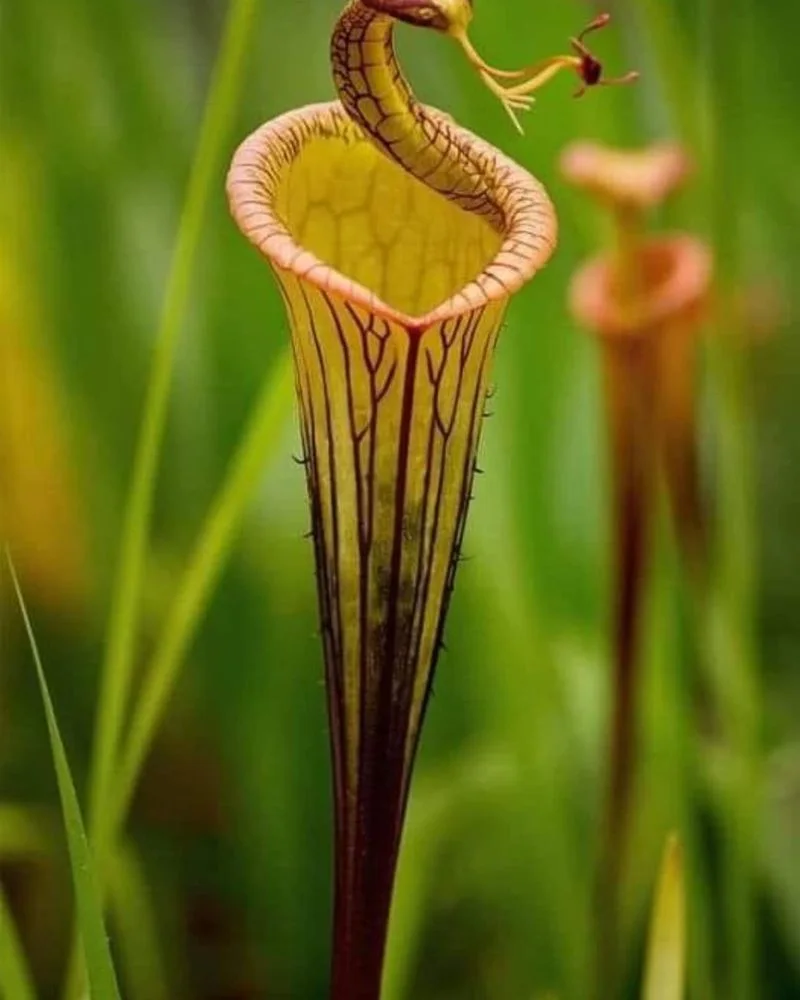
The Cobra Lily, also known as Darlingtonia, captivates with its serpentine appearance. Its leaves resemble a striking cobra ready to strike, complete with a forked “tongue.” This Californian native thrives in cool, sunny environments, often near cold streams. The plant’s translucent patches confuse insects, making it a master of deception. Its unique cooling mechanism prevents its traps from overheating, a necessity for its survival. This plant’s striking appearance and intriguing biology make it a standout in any plant collection.
Monkey Cup
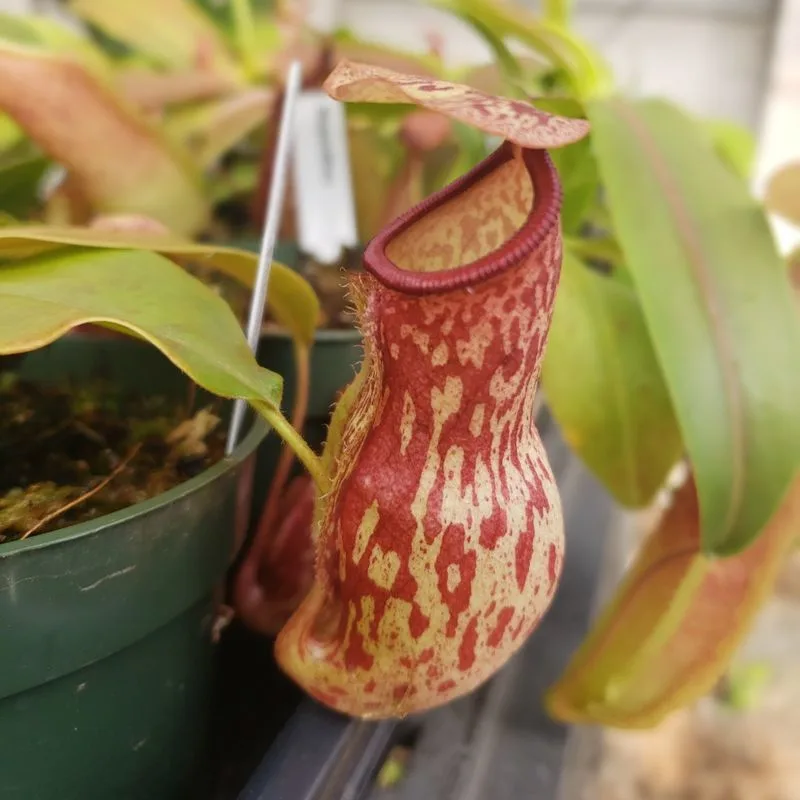
Monkey Cups, or Nepenthes, entice with their exotic hanging pitchers that resemble whimsical chalices. These tropical plants prefer warm, humid conditions and dappled light. Known for their large, often colorful pitchers, they capture everything from insects to small mammals. Originating from Southeast Asia, they boast a diversity that’s unmatched in the plant kingdom. Each species has its own unique trapping mechanism, adding to their allure. Their striking presence and diversity make them a fascinating focal point in any plant lover’s collection.
Albany Pitcher Plant
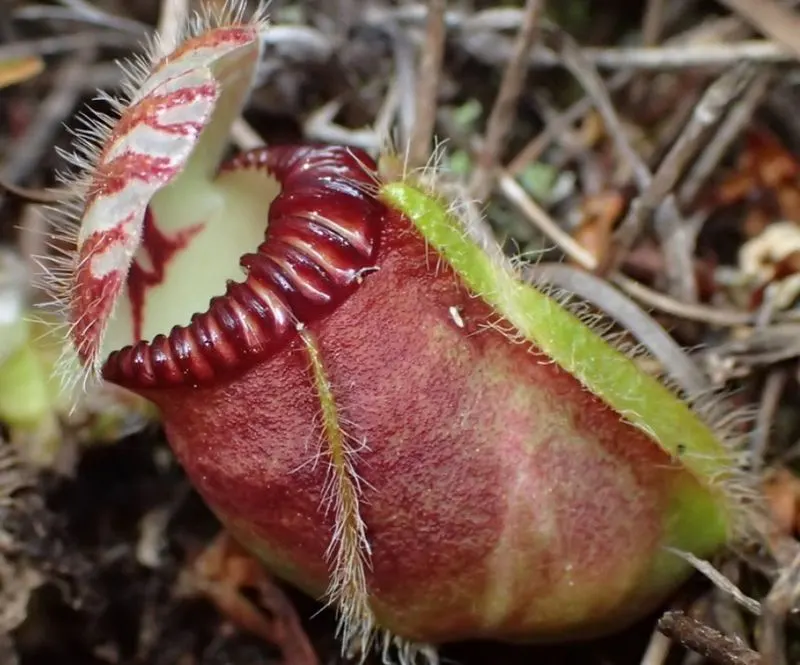
This small yet striking plant is an Australian gem. The Albany Pitcher Plant uses its tubular leaves to ensnare insects, aided by a downward-pointing hood that prevents escape. It thrives in sunny, wet environments, making it a resilient option for home growers. Its compact size is perfect for small spaces, and it adds a touch of rugged beauty. Known scientifically as Cephalotus follicularis, this plant is a testament to the diversity of the world’s flora. Its unique features make it a prized specimen among enthusiasts.
Dewy Pine
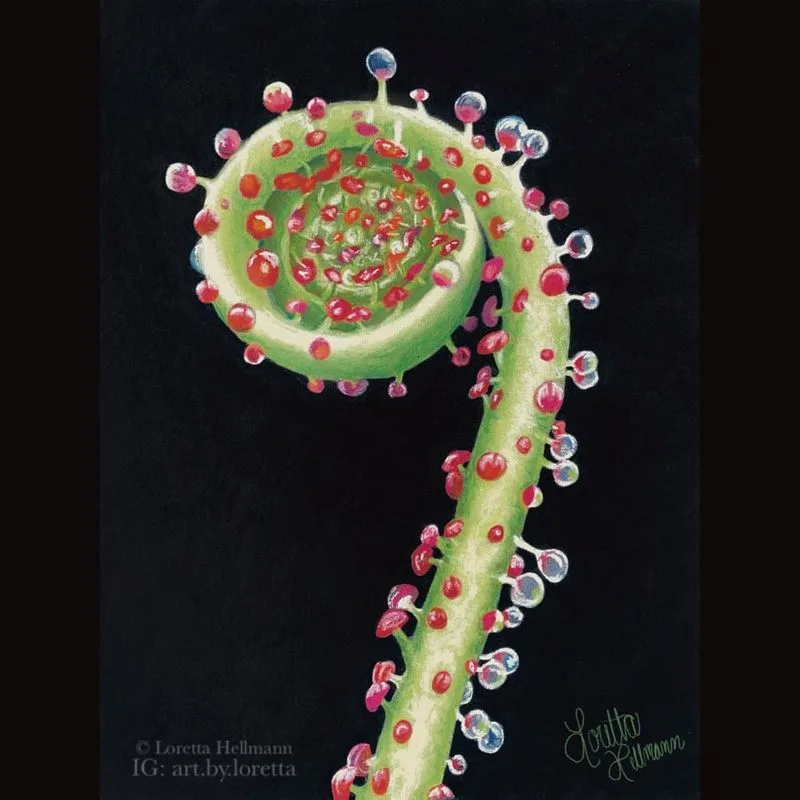
The Dewy Pine isn’t actually a pine, but its name reflects its pine-like silhouette. This plant enchants with its glistening sticky leaves that resemble a morning dew. A native of the Iberian Peninsula, it grows well in sandy soils with good drainage. Its ability to trap insects with its sticky secretion makes it a unique addition to the carnivorous plant family. The Dewy Pine’s resilience in harsh conditions showcases nature’s adaptability. This rare beauty offers an intriguing glimpse into the world of carnivorous plants.
Waterwheel Plant
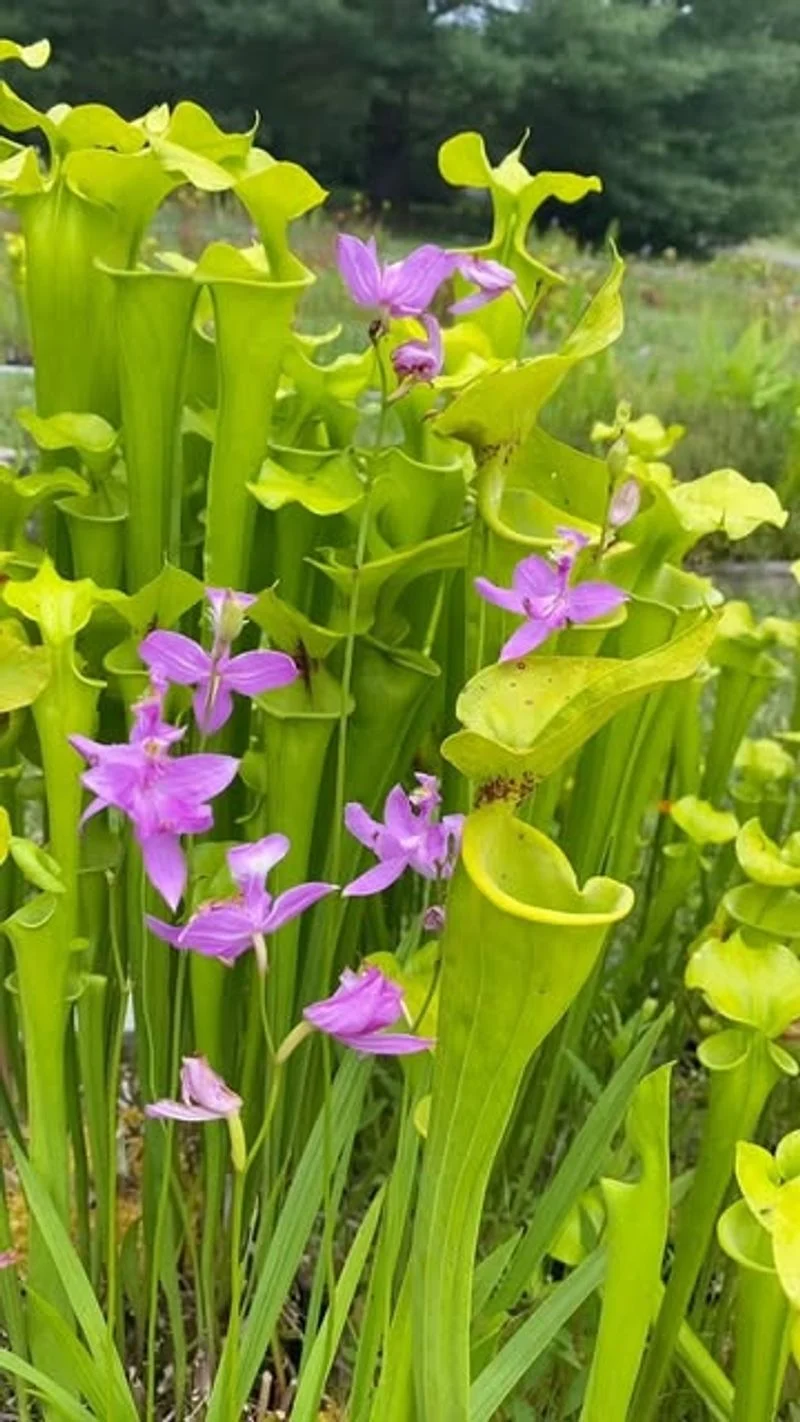
A marvel of aquatic adaptation, the Waterwheel Plant captures underwater prey with its whorled, snapping traps. It grows best in clean, still waters with ample sunlight. Despite its delicate appearance, it’s a formidable predator, quickly snapping shut on tiny aquatic organisms. This plant shares a lineage with the Venus Flytrap, exhibiting similar rapid movements. Found in scattered locations worldwide, it’s a rare but rewarding plant to cultivate. Its fascinating mechanism of predation makes it a standout among aquatic plants.
Roridula
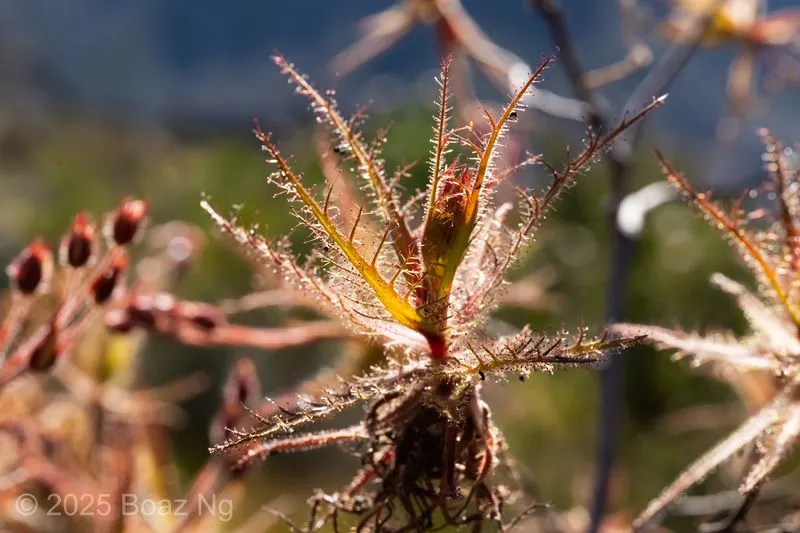
Roridula stands out with its sticky leaves, which catch insects like flypaper. Unlike most carnivorous plants, it doesn’t digest its prey directly. Instead, it relies on symbiotic bugs to do the job, benefiting from their droppings. Native to South Africa, it thrives in sunny, well-drained conditions. This clever relationship and its striking appearance make Roridula a unique member of any plant collection. Its reliance on external organisms for digestion highlights a fascinating ecological partnership.
Brocchinia
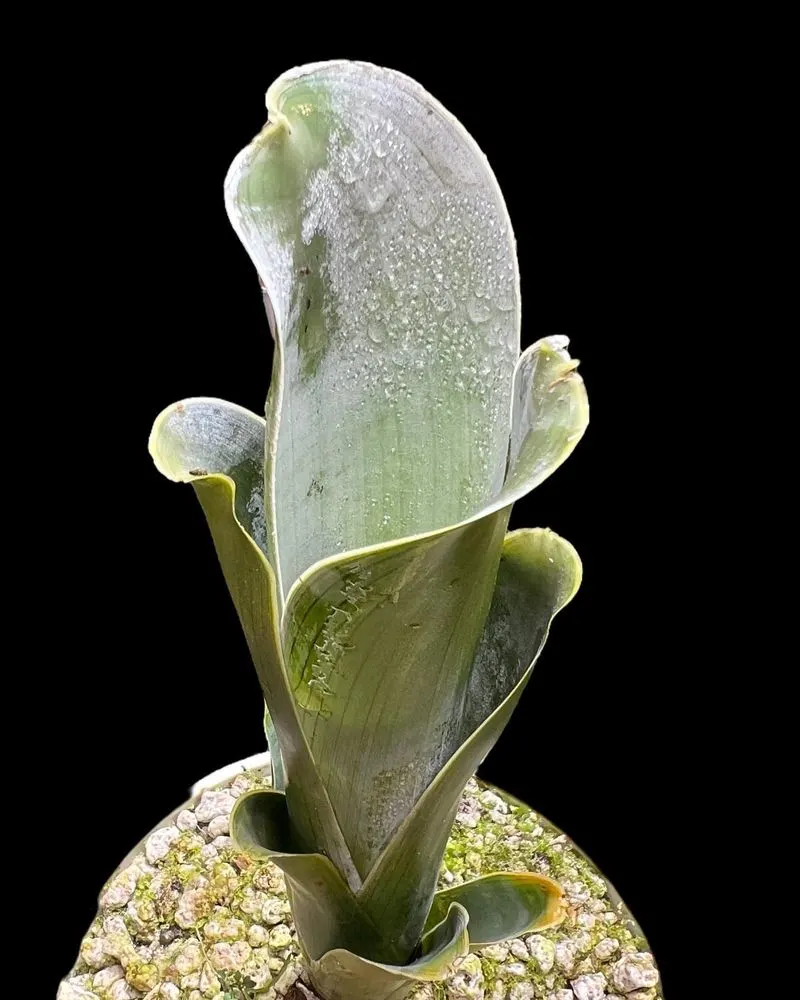
Brocchinia, a bromeliad with carnivorous tendencies, forms a water-holding rosette to trap insects. Its leaves produce a slippery surface that fools prey into falling into its “tank.” Native to the savannas of South America, it thrives in bright light and well-draining soil. The plant’s dual nature as a bromeliad and a carnivore makes it a standout addition. Its ability to adapt and survive in harsh environments offers a glimpse into the versatility of plant evolution.
Triphyophyllum
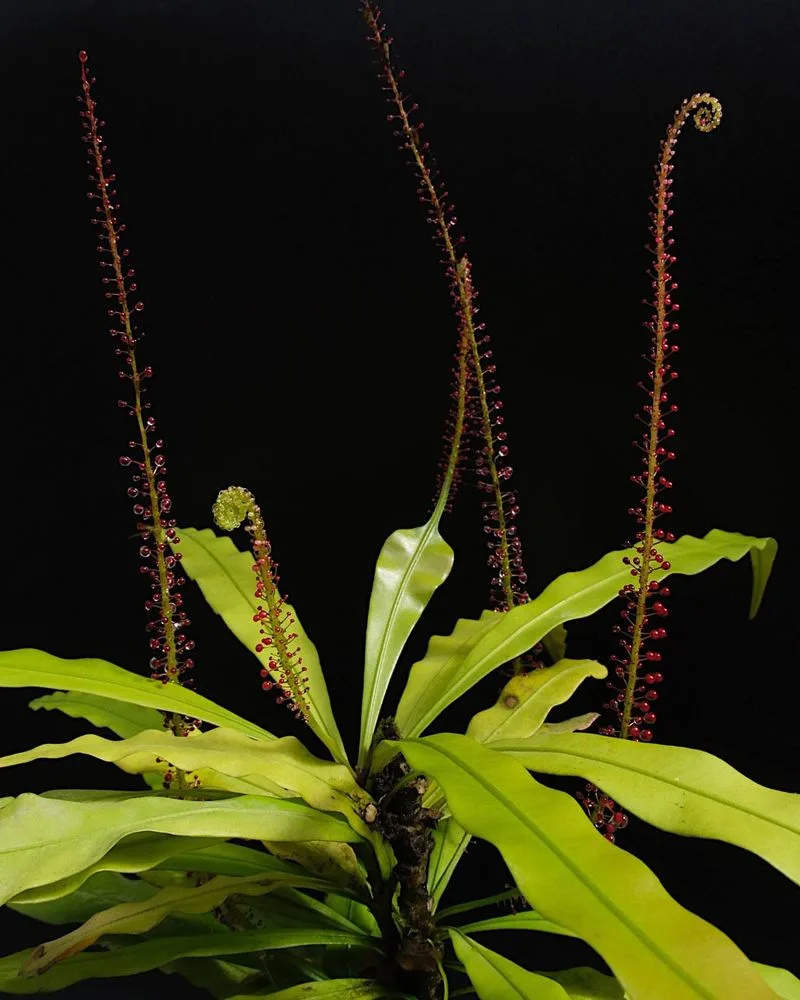
This rare African plant is a marvel of versatility. Triphyophyllum starts its life with carnivorous leaves, only to shift to a climbing vine as it matures. It’s found in the tropical rainforests of West Africa, where humidity and warmth abound. The plant’s transformation from carnivore to vine is a unique adaptation, showcasing nature’s ingenuity. Its rarity and dual life stages make it a fascinating subject for study and cultivation. As a part of a diverse collection, it offers insight into the adaptive strategies of plants.
Heliamphora
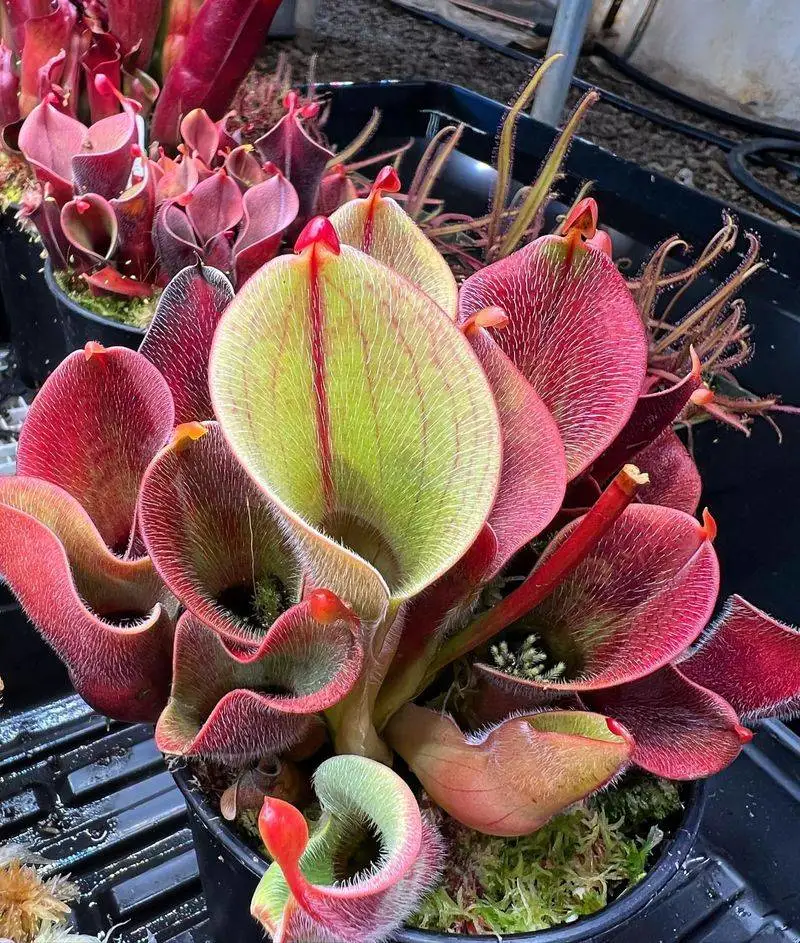
Native to the highlands of South America, Heliamphora enchants with its slender, upright pitchers. These plants prefer cool, humid conditions, often found in mist-laden mountaintops. They lure insects into their pitchers where rainwater drowns them, providing nutrients for the plant. Heliamphora’s elegance and simplicity belie its effective predatory nature. Known as “sun pitchers,” they are a testament to the diversity of carnivorous plants. Their striking presence and intriguing habitat make them a captivating addition to cooler indoor environments.
Genlisea
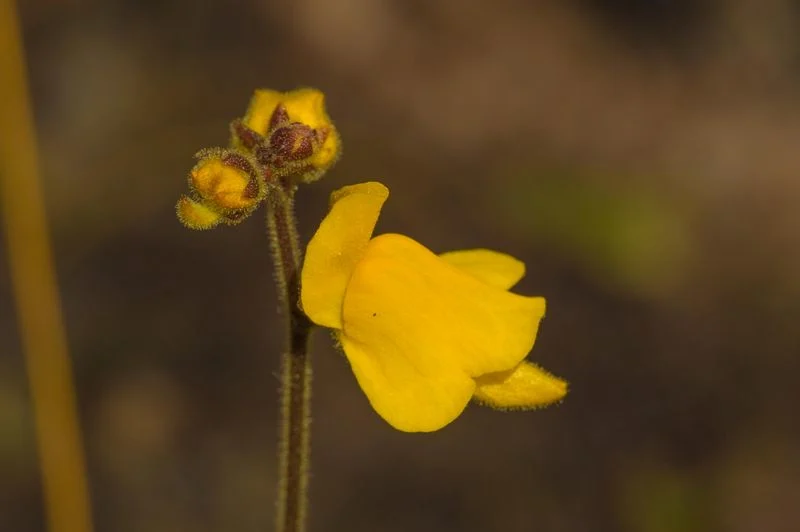
Known as the corkscrew plant, Genlisea is a master of underground predation. Its spiral-shaped traps capture tiny soil organisms, supplementing its diet. Found in wet, boggy habitats, it thrives in conditions that would challenge other plants. Its delicate, orchid-like flowers add a charming touch to its otherwise hidden nature. The dual existence of above-ground beauty and subterranean prowess makes Genlisea a unique species. Its ingenious trap design showcases the endless creativity of plant evolution.

